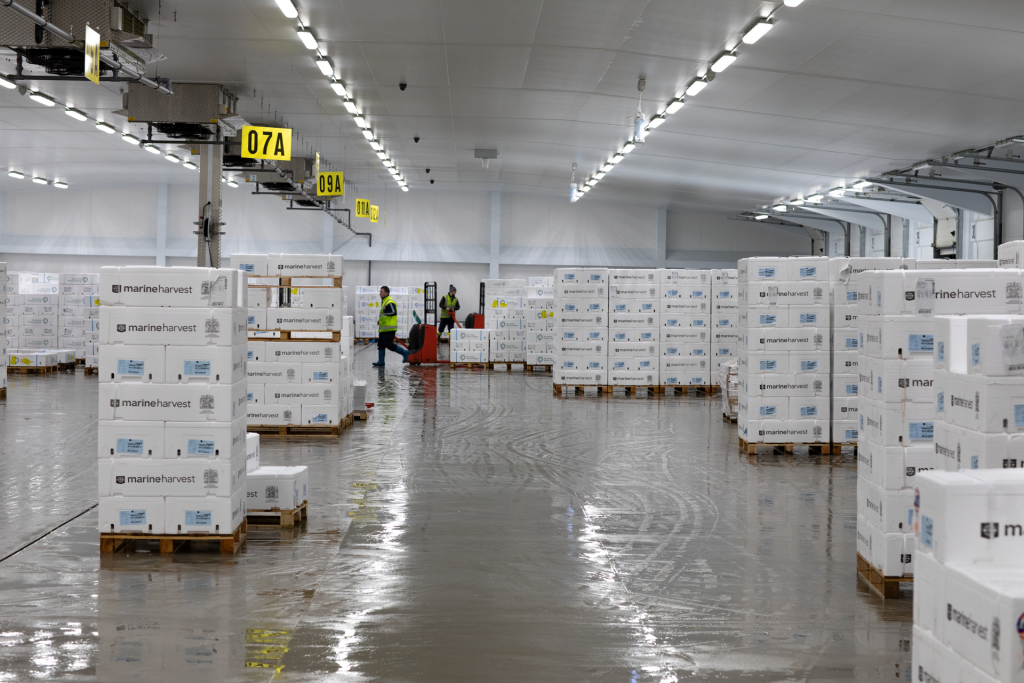
Sustainable Food Cold Chains: Opportunities, Challenges and the Way Forward’ was a report that was recently released at COP 27.
Key highlights
- For millions of people to escape the cycle of hunger and poverty, cold chains in the food processing, packaging, distribution, and consumption systems are essential. These systems will also help address the problem of feeding an extra two billion people by 2050.
- It was suggested that governments and other cold chain stakeholders work together to produce National Cooling Action Plans using a systems approach.
- 526 million tonnes of food output were directly lost due to ineffective refrigeration (12 per cent of the global total).
- Food waste and loss contributed 8–10% of the world’s greenhouse gas emissions (GHG).
- The poor world has a higher rate of food loss than industrialised nations since there is less refrigeration capability there.
- Although developing nations account for approximately 80% of the world’s harvested cropland, just around 20% of the perishable food they produce gets refrigerated (compared with 60 per cent in developed countries).
The blue or cool revolution is what Indian agriculture needs to create a sustainable cold chain linking farms to cities and enable small farmers to create entrepreneurial agribusinesses that serve the expanding urban middle class.
Kigali Amendment
- It offers a special chance to speed up the deployment of sustainable food cold chains.
- These are on the Montreal Protocol’s contribution to the development of sustainable cold chains for reducing food waste.
Food insecurity
- In 2021, there were 828 million hungry people in the world, an increase of 46 million over the previous year.
- As a result of the economic effects of the Covid epidemic and rising inflation, over 3.1 billion people in 2020—an increase of 112 million from 2019—could not afford to eat a balanced diet.
- It is estimated that 17% and 14%, respectively, of the entire amount of food produced for human use is wasted.
- The global economy suffers a $936 billion annual loss as a result.
- Worldwide, fewer than half (45%) of the food that needed to be refrigerated in 2017 was actually done so.
- If developing nations had the same degree of infrastructure for the food cold chain as rich nations, they could save 144 million tonnes of food each year.
Impact on climate
- In 2017, estimated emissions from food waste and loss owing to improper refrigeration totalled 1 gigatons of carbon dioxide (CO2) equivalent, or roughly 2% of all worldwide greenhouse gas emissions.
- When emissions from cold chain technology and food loss brought on by inadequate refrigeration are considered, the food cold chain is responsible for about 4% of all global greenhouse gas emissions.
Cold chain Project
- A cold chain initiative was created in 2016–17 and carried out with assistance from Carrier Transicold under the auspices of India’s National Centre for Coldchain Development (NCCD).
- Precooling and aggregation techniques were used in the project to offer kinnow fruit, a hybrid mandarin that helped cut losses by 76% while also reducing emissions.
Green CHILL’s refrigeration Technique
- It is a refrigeration unit that is driven by biomass and serves as an illustration of an alternative refrigeration method.
- It generates cooling from biomass using an adsorption refrigeration method that employs water and R-717 (ammonia) as a refrigerant and has no potential to cause global warming.
Solar chilling
- A Kenyan business created a solar chilling-in-transit system with a dairy management system powered by artificial intelligence to reduce spoiling in the milk supply chain.
- In order to minimise loss and spoilage and to ensure that farmers can profit from the milk they produce, the system employs solar energy to keep the milk cool during transport from the farm to the collection centre.
- Cooperatives and milk processors can also employ the technique.
Source—https://news.un.org/en/story/2022/11/1130532
